Mandolin
Installation
X48C1 C2 - C3:
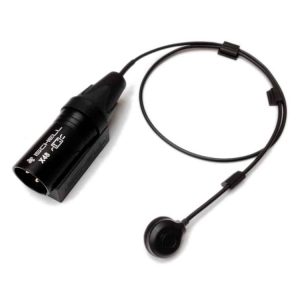
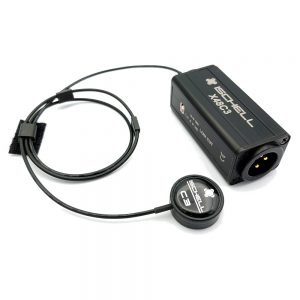
- Plan your cable route and system placement.
- Clean the gluing spots. The location of the microphone must be perfectly clean.
- Then fix the XLR on the splice or behind the instrument with the Velcro or double-sided scratch provided.
- Place the contact microphone in the desired location, a cable tie at 3 cm with a little putty adhesive then make your first tests. Adjust the mic placement if necessary several times. See below.
- Secure and retract excess cable using the cable ties provided. You can make loops with the 3 cable ties.
CPJ microphone kits APJ-ACPJ:
- Plan your cable route and system placement.
- Clean the gluing spots. The place of installation of the contact microphone must be perfectly clean.
- Then attach the Jack on the splice or behind the instrument with the Velcro or double-sided scratch provided.
- Place the contact microphone in the desired location, a cable tie at 3 cm with a little putty adhesive then make your first tests. Adjust the mic placement if necessary several times. See below.
- Secure the aerial microphone with putty adhesive or the small scratch provided.
Positioning of the contact microphone
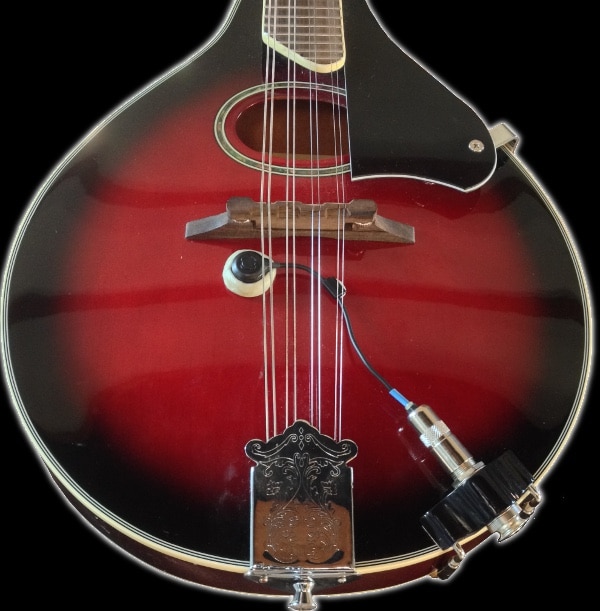
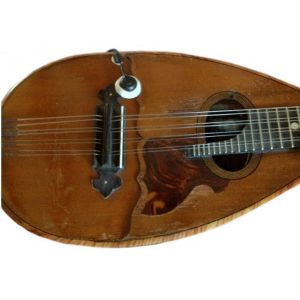
- As a reminder, it is important to properly prepare your contact microphone for installation, do not hesitate to reread the advice below depending on your model:
- Original C1 contact microphone preparation page
- C2 and C3 contact microphones preparation page
- Round mandolins: The contact microphone often finds its place on the bass side, rosette side.
- Flat mandolins: By default, the contact microphone is placed behind the bridge on the bass side.
- The violin type clamp is suitable for flat mandolins with a thickness less than 49mm.
- Make your first attempts. Generally the tonal balance is good, but if you notice a flagrant imbalance with a lack of power of the high strings for example, then move the microphone towards the highs and vice versa.
- Fine-tune the setting by approaching or moving away from the bridge (up and down) but also from left to right a few millimeters each time to determine the best placement.
- Your system is delivered to you with the low cut positioned on 360Hz. If after determining the best placement for the string power balance, you find the sound lacks bass, then set the low cut to 180Hz. If you find that the sound still lacks depth in the bass, set it to Flat. (not recommended)
- If the sound is too bright, try resting the mic in the same spot with the gray putty for a duller sound in the highs and rounder in the bass.
- If the notes or strings are still more or less strong, you can compress the sound which can correct the problems of note power, strings but also overtones too present. Refer to the preparation of your contact microphone to learn how to compress the sound.
Positioning of the aerial microphone
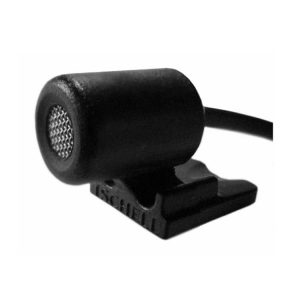
- The default position is at the edge of the rosette on the bass side, perpendicular to the strings.
- The second position is near the bridge, aiagus side, rosette side, perpendicular to the strings.
- The low cut position for overhead mics is always 360Hz, your system is delivered to you in this position.
Stage use
Using the contact microphone:
- Allows high levels face / returns, easy use on amp.
- Use of effects pedals, loopers with loops without repisse ...
- Contact microphone + Aerial on noisy stages, put only the contact microphone in return and on the front panel 60% contact and 40% aerial.
Common equalizations with the aerial microphone:
- Reduce the bass if necessary below 200Hz
- Make a dip around 400 / 500Hz (recurring).
- On oversized subsystems, add a low cut.
- On some systems, reduce the treble slightly.

